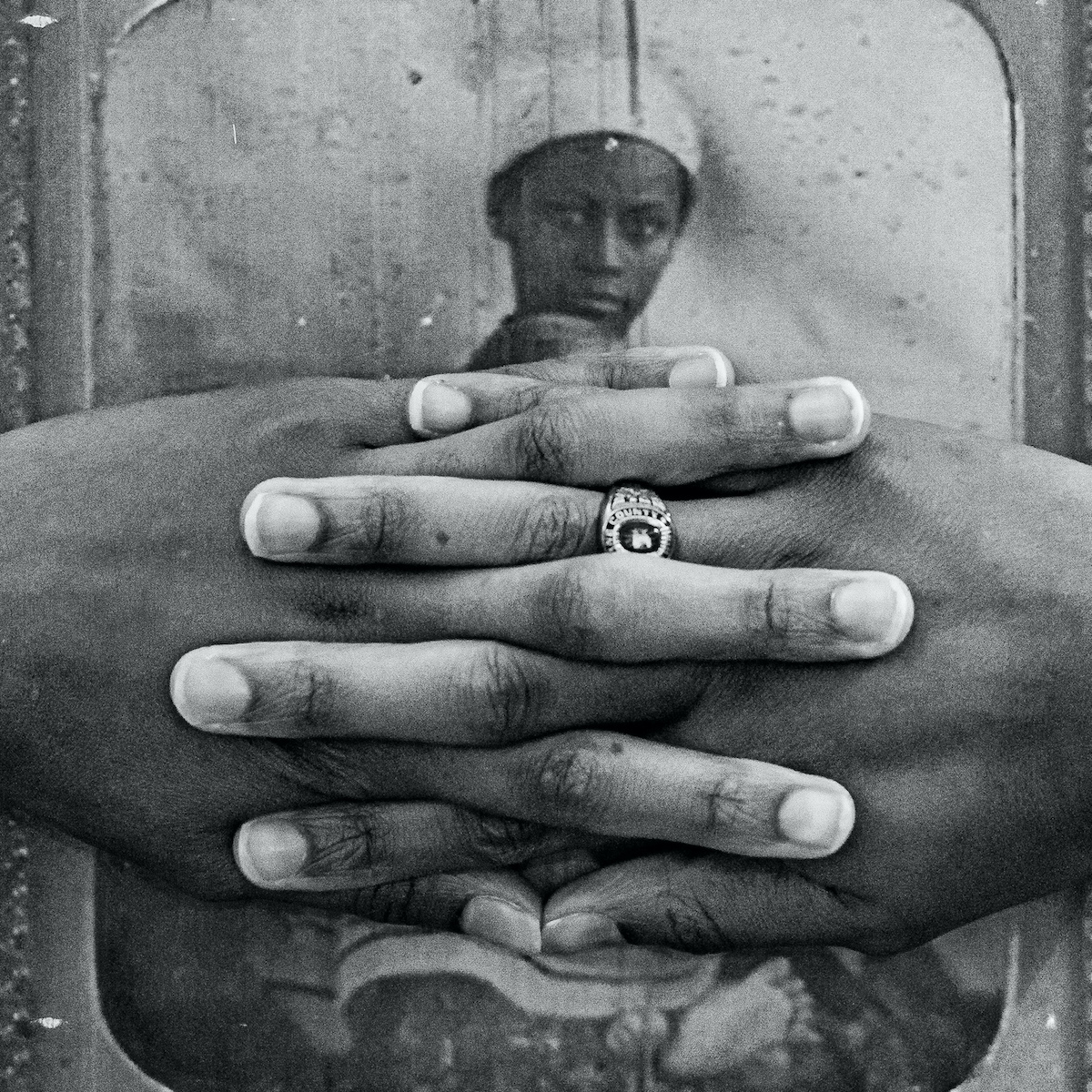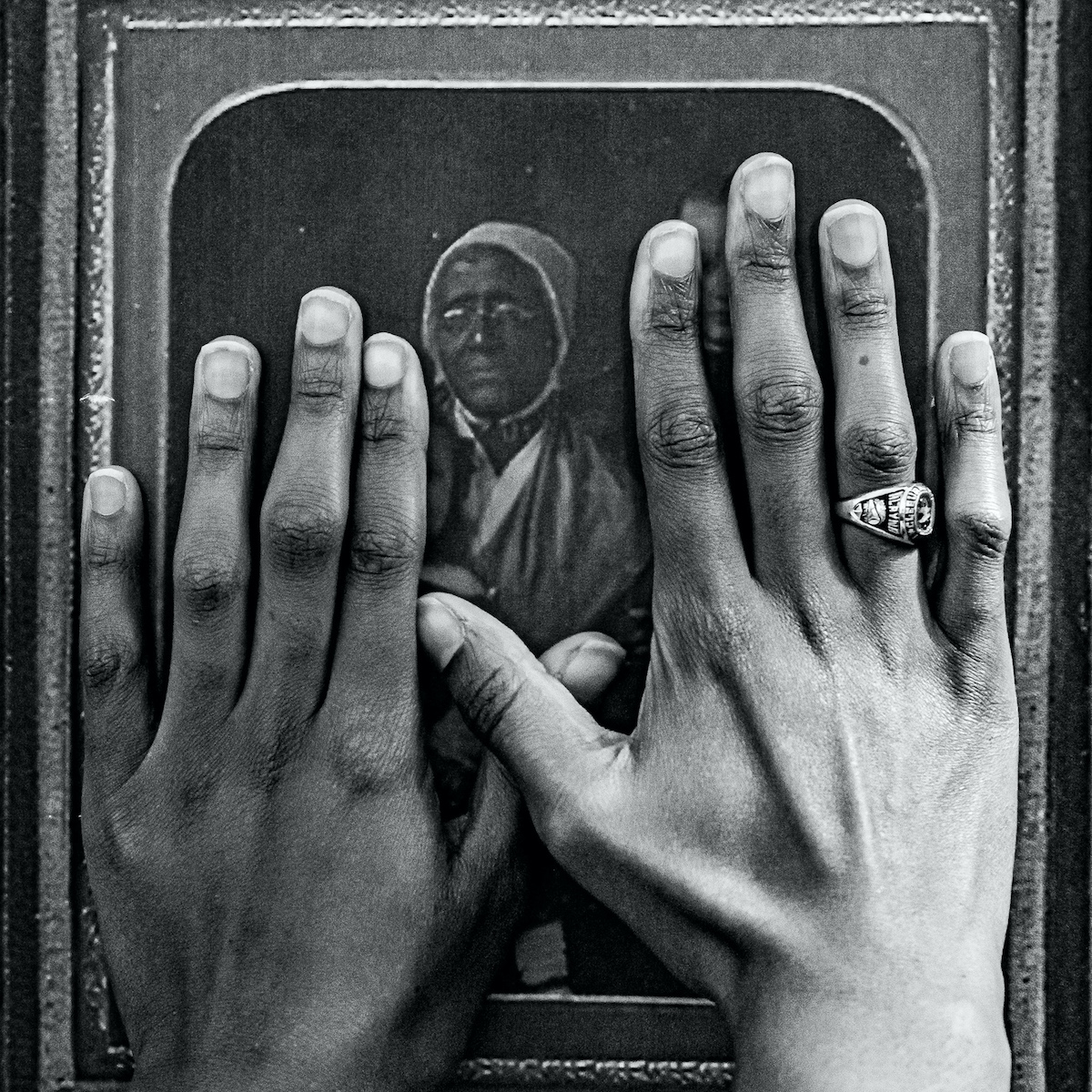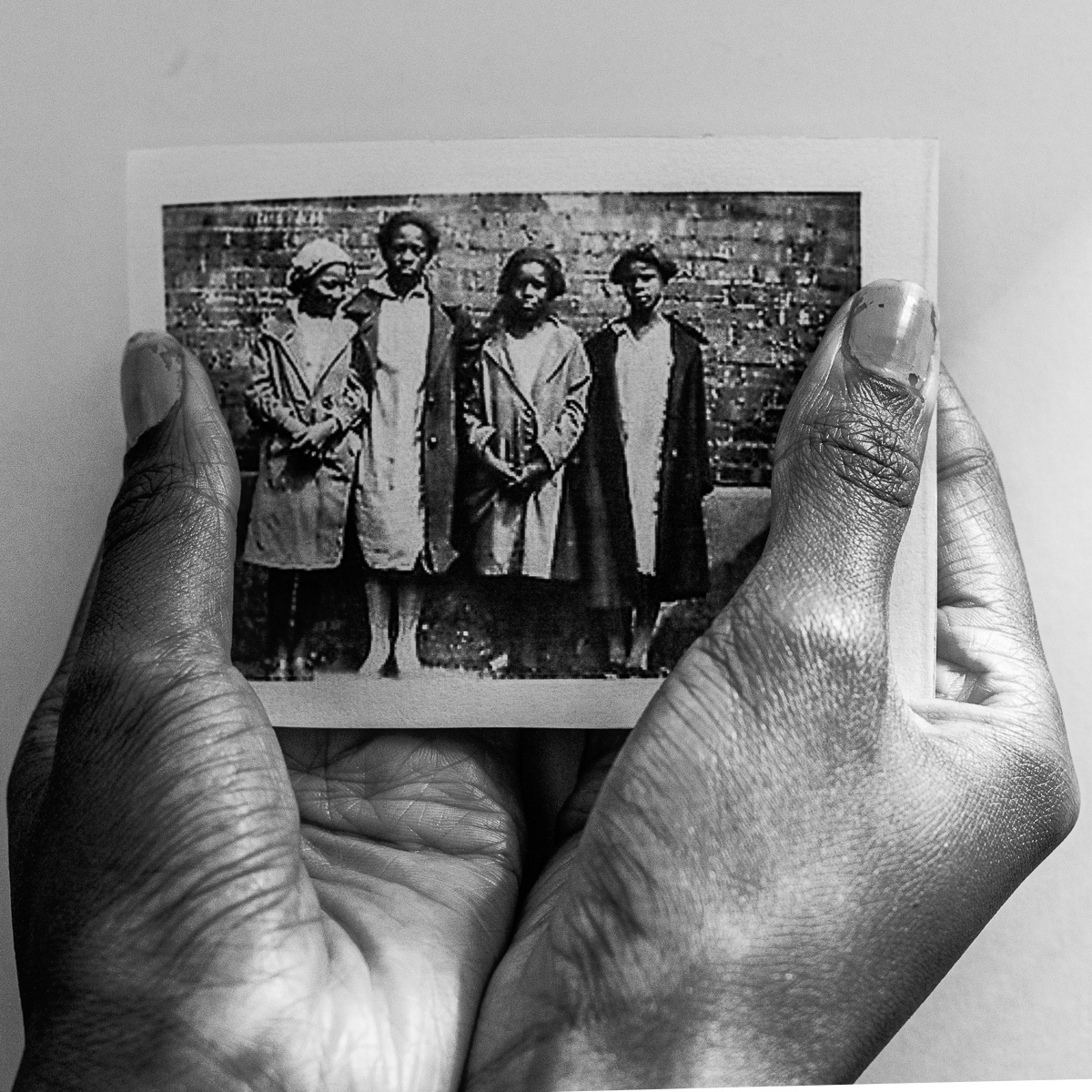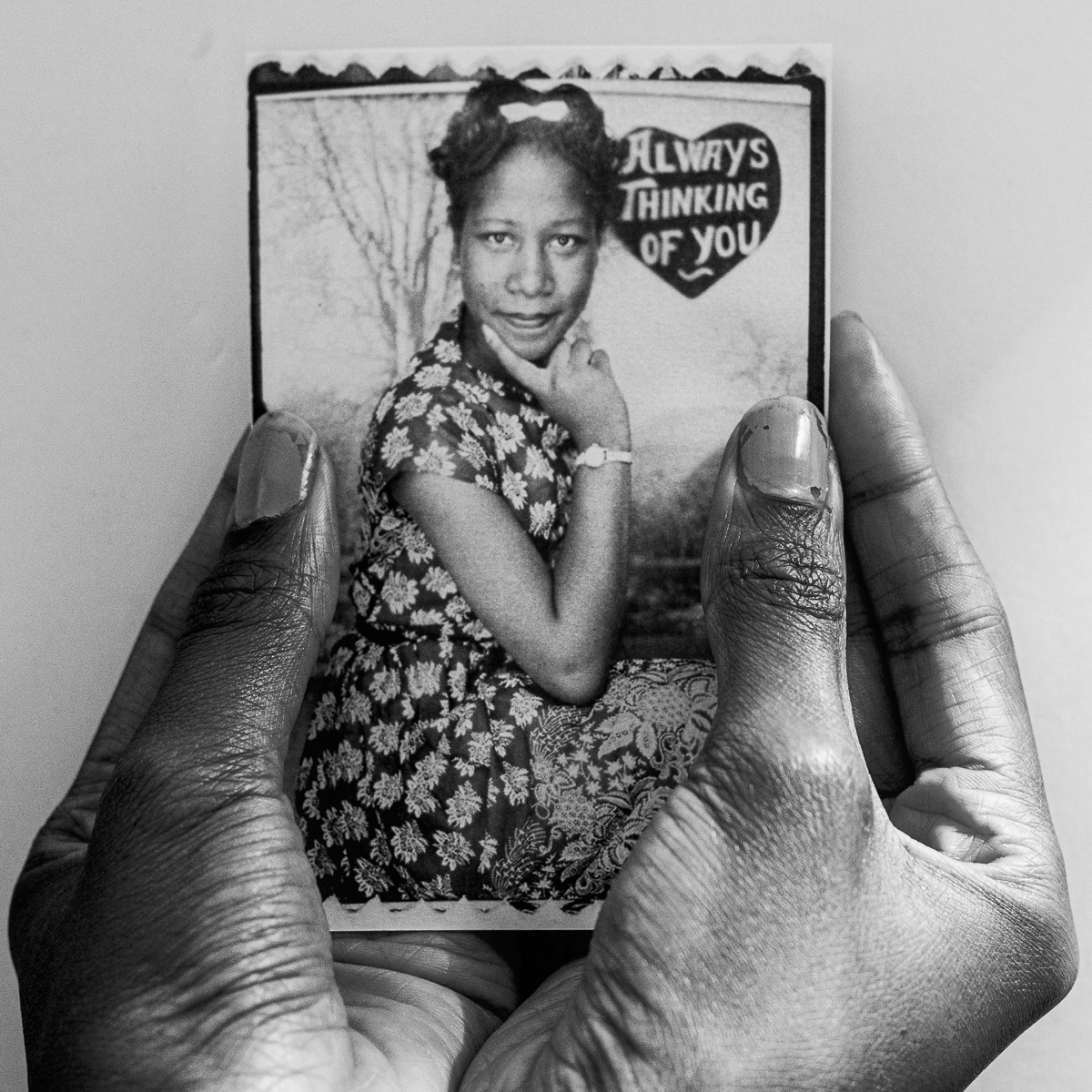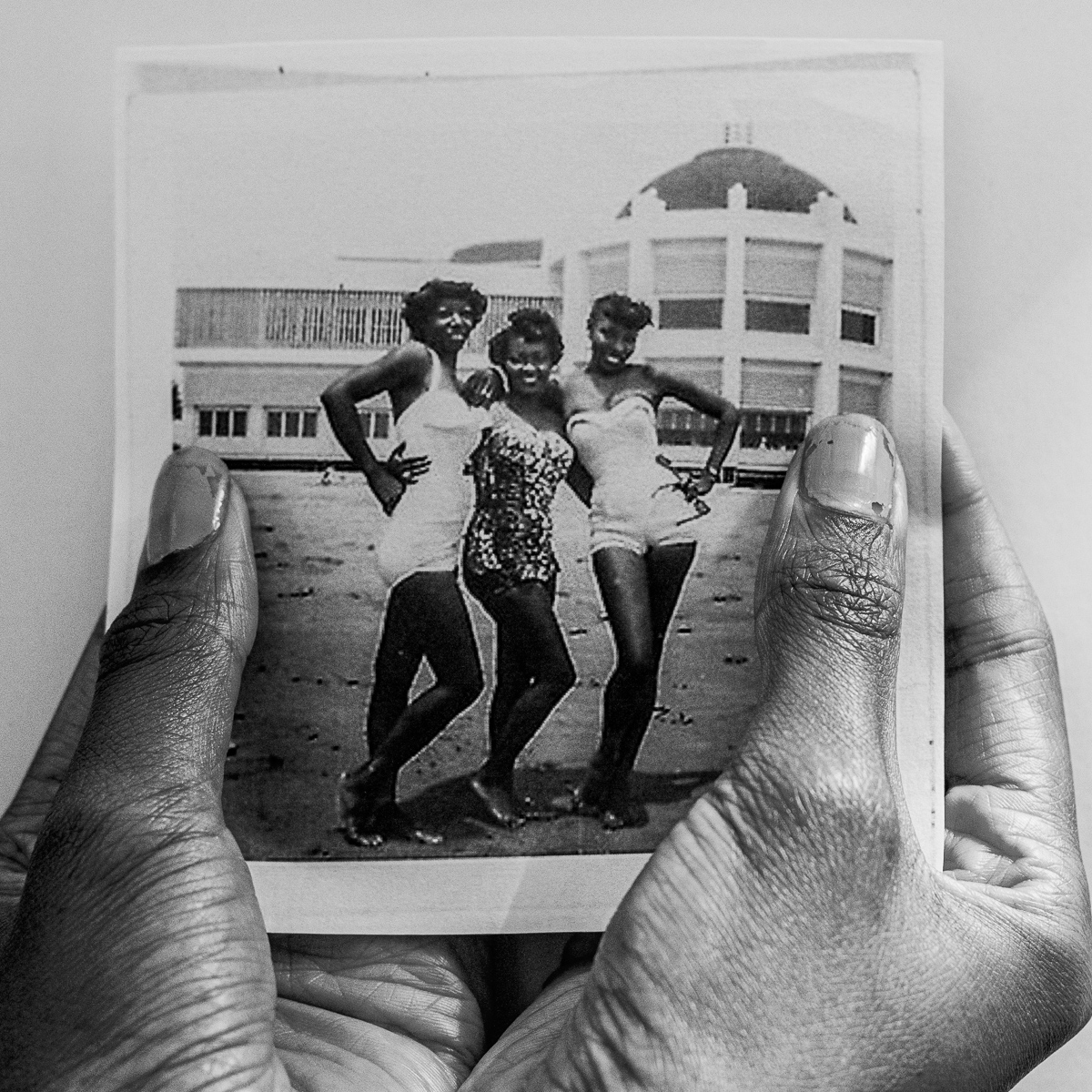During the summer of 2020, I was feeling a bit detached from photographing myself. This was a result of social unrest and the pandemic. In June, I went back home to Alabama for a couple of months to be with family. I spent a lot of time between my Grandmother and my Mom’s home, both of whom I am very close with. We went through photo albums together and loose images hanging around in tubs. It took weeks to go through hundreds of photos from the late 19th century to the present. By the time I finished, I winded up scanning over 800 images. I had become very attached to the language of the archive and what it could say about the people in the images. I found it beautiful to see how my family depicted themselves. I enjoyed the conversations with my Nanny and Mom about them all. Yet, this moment was the catalyst to me questioning the stakes when we are not able to speak for ourselves.
My practice is currently revolving around two questions. What can visual art tell us about the depiction of Black women throughout visual art history? How have those negative depictions of Black women lead to their lack of mental and physical care? I have spent the last couple of months researching collections. All my images are from the Art Institute of Chicago. I have re-photographed, re-captioned, and re-contextualized the original works I have researched. This is my way of protecting Black women’s bodies and their humanity.
